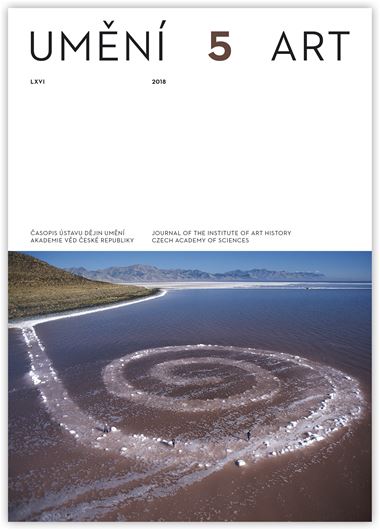Tadeáš Kadlec
Obraz Michaela Kreisingera z Eckersfeldu a jeho proměny
The portrait of the young Michael Kreisinger of Eckersfeld, determined and dated as the work of painter Jan Kupecký, originated in 1700 in Rome. The image of the young man with wide-open eyes and slightly open mouth, telling us a great deal about Kupecký’s ‘Italian’ visual experience, was altered by radical overpainting at some point during the 18th century. To Kreisinger’s face a hitherto unidentified artist added a new body and new clothing. It was only just before the middle of the 20th century that an x-ray photograph revealed, beneath the additional painting of antique-style armour with a spectacular helmet, a differently posed figure in civilian dress, soon afterwards uncovered definitively through a radical restoration intervention. With the removal of the overpainting the picture was restored to its present form, but the removal of the paint layer nevertheless meant it was deprived of the layer of authentic meaning subsequently lent to the portrait. If art-historical literature so far has paid any attention at all to the question of what this additive meaning might be, it has usually been satisfied with the explanation that the portrait of the ‘effeminately beautiful’ young man was, on the orders of its new owner, transformed into an allegorical depiction of Minerva. None of the elements of the armour corresponds, of course, to the iconographic scheme usually attributed to Minerva, and it is not even feminine in type. If we concede that the figure depicted by the overpainting is masculine in gender, then we open, in agreement with the criticism of the prevailing narrative, fixed generally on the problematic term ‘effeminacy’, new possibilities for the interpretation of the overpainting. Findings about the life and personal relations of Michael Kreisinger indicate that the radical transformation of the painting may have taken place on his own instruction. Such a conclusion not only enables a fresh interpretation of the overpainting; it also permits us to reach a satisfactory hypothesis about its possible author, who may have been a further important artist of the first half of the 18th century – Václav Vavřinec Reiner.
Full-text in the Digital Library of the Czech Academy of Sciences:
https://kramerius.lib.cas.cz/uuid/uuid:d22a79cd-7d1b-48e8-a0f1-c1c1b46e64b7
< back

